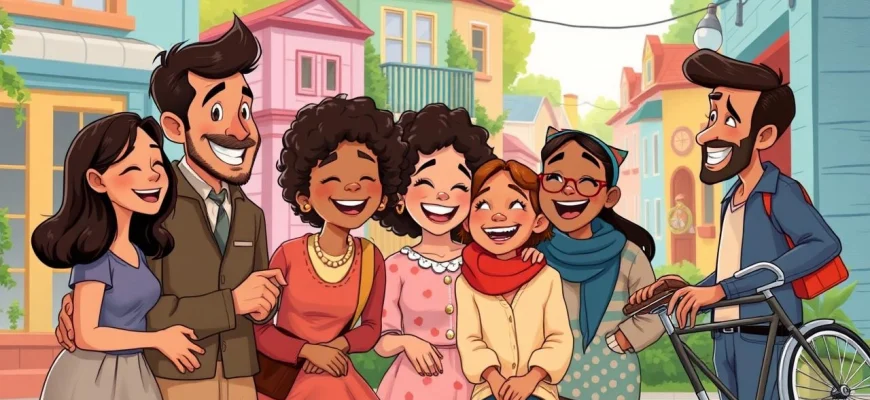If you're a fan of the heartwarming and hilarious 1996 film 'Arthur,' you're in for a treat! This article explores 10 movies and TV shows that capture the same charm, wit, and endearing characters that made 'Arthur' a beloved classic. Whether you're looking for more laugh-out-loud moments or touching stories about unlikely friendships, this list has something for every fan of the original.
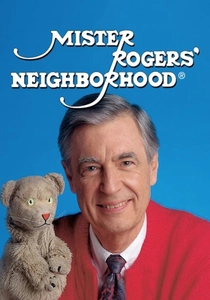
Mister Rogers' Neighborhood (1968)
Description: Mister Rogers' Neighborhood shares with Arthur (1996) a calm, thoughtful approach to children's education. Both shows emphasize emotional intelligence, kindness, and understanding differences. While not animated, Mister Rogers' use of puppet characters in the Neighborhood of Make-Believe segments creates a similar anthropomorphic world.
Fact: Fred Rogers created the show to address what he saw as lacking in children's TV. The cardigan sweaters he wore were knitted by his mother. The show ran for 895 episodes over 31 seasons.
 Watch Now
Watch Now 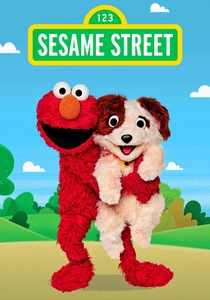
Sesame Street (1969)
Description: Sesame Street, like Arthur (1996), combines education with entertainment through anthropomorphic characters. Both shows address social and emotional learning alongside academic skills. The use of animal characters to model behaviors and teach lessons is a key similarity, though Sesame Street uses a mix of puppets and animation.
Fact: Sesame Street was created to help prepare children for school, especially in underserved communities. Big Bird was originally supposed to be orange. The show holds the record for most Emmy wins of any TV series.
 Watch Now
Watch Now 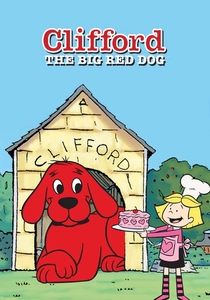
Clifford the Big Red Dog (2000)
Description: Similar to Arthur (1996), Clifford the Big Red Dog is a children's animated series that focuses on themes of friendship, kindness, and problem-solving. Both shows feature anthropomorphic animal characters and are set in relatable, everyday environments. The storytelling is gentle and educational, aimed at teaching young viewers valuable life lessons.
Fact: Clifford was originally a book series by Norman Bridwell before becoming a TV show. Clifford's size is often used as a metaphor for a child's growing abilities and confidence. The show has been praised for its positive messages about diversity and inclusion.
 Watch Now
Watch Now 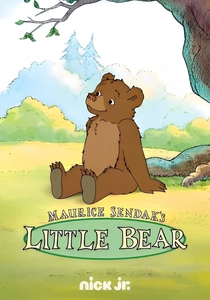
Little Bear (1995)
Description: Little Bear, like Arthur (1996), is a gentle, character-driven animated series for young children. Both shows feature anthropomorphic animal protagonists and focus on everyday experiences, imagination, and emotional growth. The pacing and tone are calm and nurturing, making them ideal for preschool audiences.
Fact: Little Bear is based on the books by Else Holmelund Minarik. Maurice Sendak, famous for Where the Wild Things Are, illustrated the original books. The show's quiet, contemplative style was unusual for children's TV at the time.
 Watch Now
Watch Now 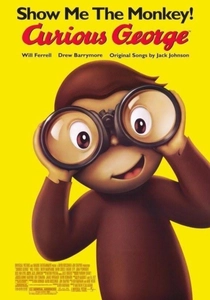
Curious George (2006)
Description: Curious George shares with Arthur (1996) an educational focus through the adventures of an anthropomorphic animal protagonist. Both shows encourage curiosity and problem-solving while teaching gentle lessons about consequences and responsibility. The animation styles are similarly bright and engaging for young viewers.
Fact: Curious George originated in books by H.A. and Margret Rey in 194The Man with the Yellow Hat never has a proper name in the series. The show incorporates basic STEM concepts in George's adventures.
 Watch Now
Watch Now 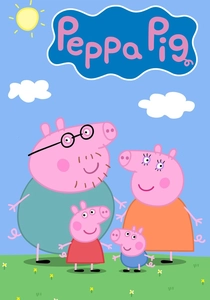
Peppa Pig (2004)
Description: Peppa Pig shares with Arthur (1996) a focus on family life and social learning through anthropomorphic animal characters. Both shows use humor and relatable situations to teach preschool children about navigating the world. The animation styles are similarly simple and colorful.
Fact: Peppa Pig was created by British animators Neville Astley and Mark Baker. The show's simple, bold animation was designed to be easily reproducible for merchandise. Peppa's snorting laugh has become iconic in children's television.
 Watch Now
Watch Now 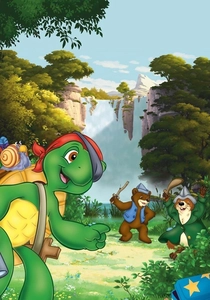
Franklin (1997)
Description: Franklin shares similarities with Arthur (1996) in its focus on a young anthropomorphic animal navigating childhood challenges. Both shows emphasize social skills, empathy, and learning from mistakes. The animation style is also similar, with soft colors and simple designs appealing to young children.
Fact: Franklin is based on a series of books by Paulette Bourgeois. The character Franklin is a turtle, symbolizing patience and perseverance. The show often addresses common childhood fears and anxieties in a reassuring way.
 Watch Now
Watch Now 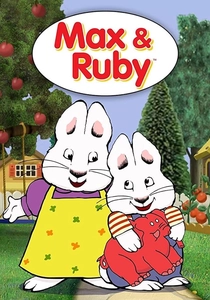
Max & Ruby (2002)
Description: Max & Ruby resembles Arthur (1996) in its depiction of sibling relationships and childhood adventures. Both shows use animal characters to explore themes of family, friendship, and problem-solving. The simple storylines and repetitive structures are designed to help young children understand social dynamics.
Fact: Max & Ruby is based on books by Rosemary Wells. Ruby's patient handling of her younger brother Max models positive sibling interactions. The show's minimalist animation style focuses attention on character interactions.
 Watch Now
Watch Now 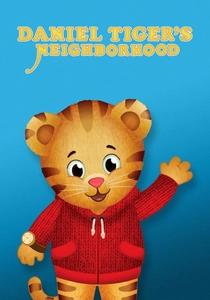
Daniel Tiger's Neighborhood (2012)
Description: Daniel Tiger's Neighborhood, like Arthur (1996), is a PBS show that focuses on social-emotional learning through relatable stories. Both feature anthropomorphic animal characters navigating childhood challenges. The shows share a gentle, musical approach to teaching life skills and emotional intelligence.
Fact: The show is a spin-off of Mister Rogers' Neighborhood. Each episode includes catchy songs that reinforce the lesson. Daniel Tiger is the son of the original Daniel Striped Tiger puppet from Mister Rogers.
 Watch Now
Watch Now 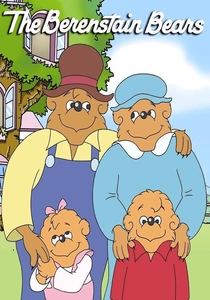
The Berenstain Bears (2003)
Description: The Berenstain Bears, like Arthur (1996), is based on a long-running book series and features animal characters dealing with moral and social lessons. Both shows emphasize family values, community, and personal growth through everyday experiences. The educational content is delivered through engaging stories.
Fact: The original book series began in 1962 by Stan and Jan Berenstain. The show often addresses specific issues like honesty, sharing, or overcoming fears. Mama Bear's practical wisdom is a consistent theme throughout the series.
 Watch Now
Watch Now 
